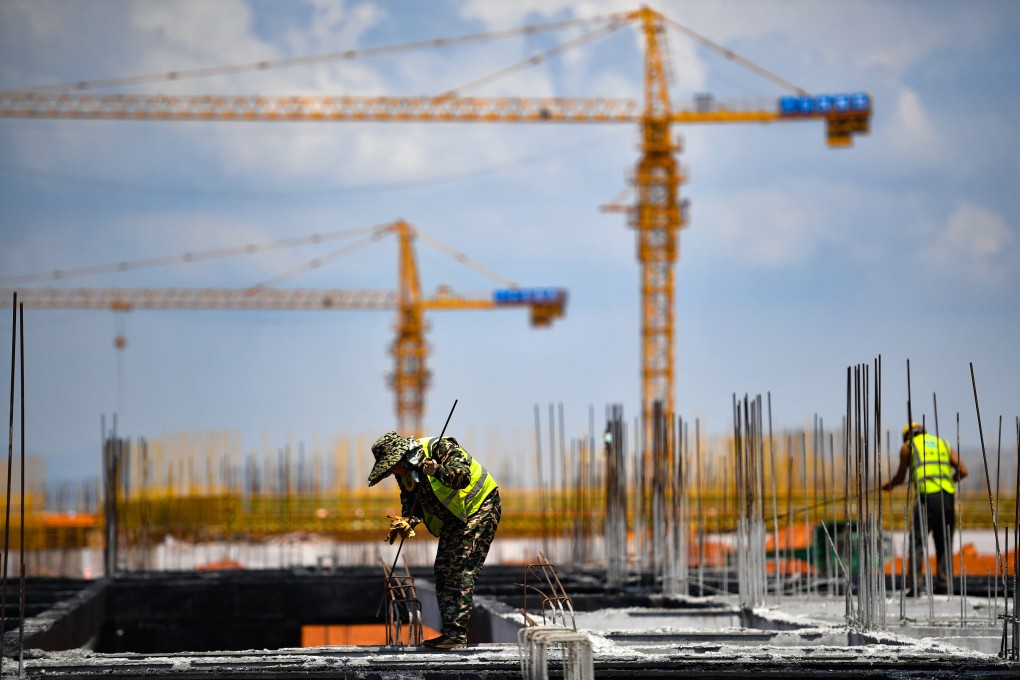China’s uneven coronavirus recovery inflames economic divide between north and south
- Southern provinces showed the strongest first quarter rebounds after the coronavirus pandemic ravaged the economy early in 2020
- The virus outbreak exacerbated regional economic gaps, which could worsen as coastal provinces benefit from export growth this year

The coronavirus pandemic has reinforced economic divisions among China’s 31 provincial-level jurisdictions, with southern provinces showing a strong first quarter rebound while northern regions struggled to recover.
The central province of Hubei, which includes Wuhan, the original epicentre of the coronavirus and one of the hardest hit by lockdowns, displayed by far the strongest growth rebound in the first quarter, up 58.3 per cent from a year earlier. However, this figure was severely skewed by comparison with the implosion of the provincial economy in the first three months of 2020.
The provinces showing the next fastest growth rates were all in the southern part of the country: 19.8 per cent in Hainan, 19.5 per cent in Zhejiang, 19.2 per cent in Jiangsu and 18.6 per cent in Guangdong.
As with Hubei, the growth rates here were all skewed upwards because they came off a low base in the first quarter of 2020.
